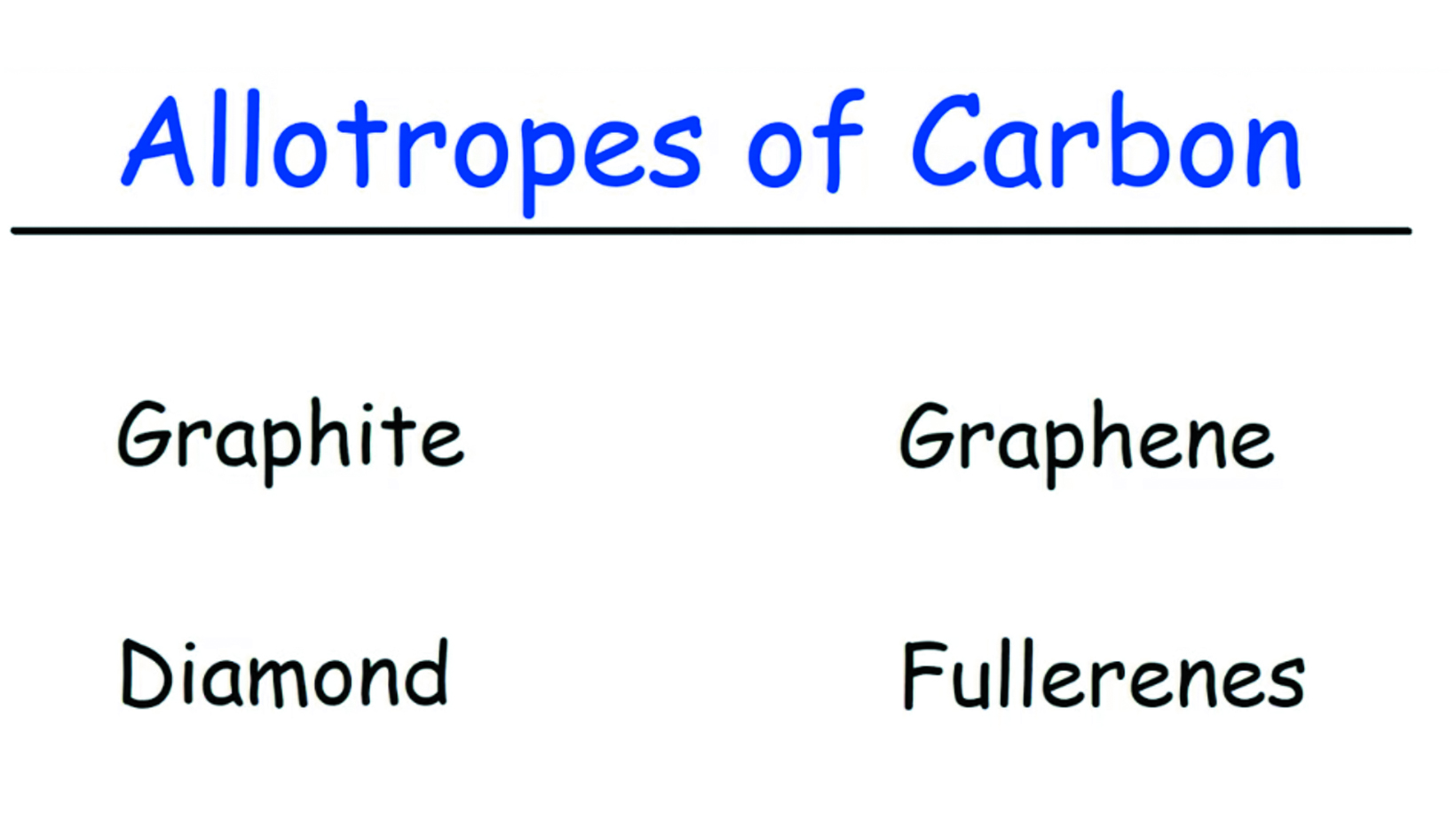Turfgrass, also known as lawn grass, is a type of grass species that is cultivated and grown in order to create lawns and sports fields. It is specifically selected for its ability to create a dense, uniform, and durable ground cover. Turfgrasses are typically low-growing, perennial grasses that have a dense root system and are capable of withstanding heavy foot traffic. Furthermore, these grass species are often chosen for their aesthetic appeal, ability to tolerate various climatic conditions, and capacity to recover from stress and wear. Turfgrass is commonly used for residential, commercial, and recreational purposes, providing an attractive and functional ground cover for various applications. Additionally, in the sporting arena you will find turgrasses on football, soccer, and baseball fields in addition to golf courses and some horse racing tracks.
Caring for Turfgrass
Turfgrass care involves several important practices to ensure its health and appearance. Here are some key considerations:
1. Watering: Turfgrass needs adequate water for proper growth. Water deeply and infrequently to encourage strong root development. Irrigate the turfgrass early in the morning or late in the evening to minimize water loss due to evaporation. Avoid overwatering, as it can lead to issues like disease and shallow root growth.
2. Mowing: Regular mowing is essential for maintaining turfgrass at an appropriate height. Follow the one-third rule, which suggests removing only one-third of the grass blade height at each mowing. The recommended mowing height depends on the specific grass species, but generally, it should be between 2.5″ to 4″. Keep the mower blades sharp to avoid tearing the grass, and alternate the mowing pattern to prevent compaction and wear patterns.
Feeding & Weeding
3. Fertilizing: Provide the necessary nutrients to promote healthy turfgrass growth. Begin by conducting a soil test to determine which nutrients are deficient. Apply a balanced fertilizer according to the test results and the specific grass species. Apply fertilizer evenly and at the recommended rates, following the manufacturer’s instructions. Avoid over-fertilization, as it can lead to excessive growth and nutrient runoff into water bodies.
4. Weed control: Prevent and manage weeds to maintain the overall health and appearance of the turfgrass. Regularly inspect the lawn for any signs of weed growth. Use appropriate herbicides for selective weed control or manual methods such as hand-pulling for small infestations. Apply pre-emergent herbicides to prevent weed seeds from germinating. Follow product instructions carefully to avoid harming the turfgrass.
Additional Turfgrass Tips
5. Aerating and dethatching: Aerating and dethatching the turfgrass helps improve its root health and overall resilience. Aerating involves creating small holes in the soil to relieve compaction and improve water and nutrient penetration. Dethatching involves removing the buildup of dead grass and debris called thatch, which can inhibit proper airflow, nutrient absorption, and water movement. The growing season is the best time for both practices.
6. Pest and disease management: Monitor the turfgrass for signs of pests or diseases. Practice good cultural practices like proper watering, mowing, and fertilization to minimize the risk of diseases. Use integrated pest management techniques to control pests, such as using beneficial insects and targeted insecticides when necessary. However, consult with one of our professionals if you are unsure about pest or disease identification and treatment.
Fertigation
Lastly, fertigation is the most efficient way to fertilize your turfgrass. Not only does fertigation reduce the amount of water needed to maintain turfgrass, it reduces the amount of fertilizer needed. Thus, saving both time and money.
In summary, proper care and maintenance are essential for healthy turfgrass. It’s important to follow best practices and adjust management techniques based on the specific grass species and environmental conditions in your region.
Review our website to learn more and ask for Greensmiths products by name.




